How Dangerous Is a 50% by Mass Sodium Hydroxide (NaOH) Solution?
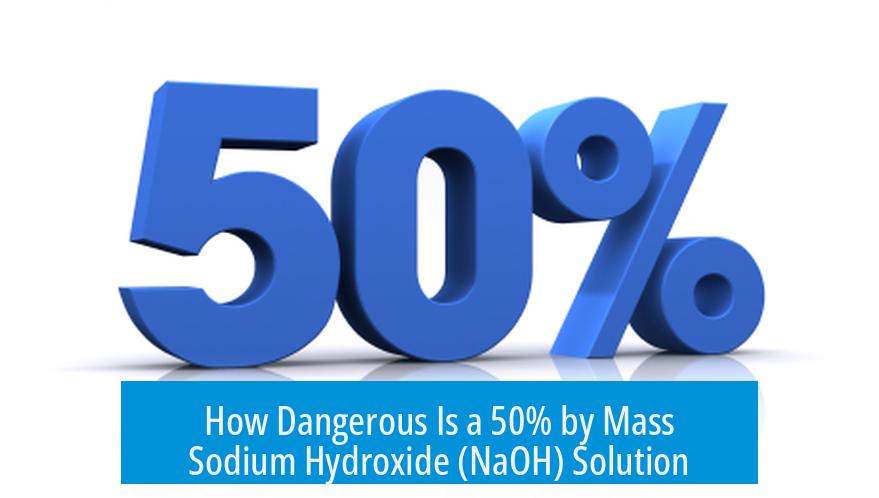
A 50% by mass sodium hydroxide (NaOH) solution is highly caustic and poses significant chemical hazards, notably severe skin burns and eye damage. Immediate rinsing with water upon contact can minimize injury, but exposure requires careful handling and protective equipment. It reacts exothermically with acids, and at elevated temperatures, its hazards increase markedly, including violent reactions with water. Proper personal protective equipment (PPE) and protocols crucially reduce risks associated with this concentrated alkali.
Understanding the Danger Level
A solution of sodium hydroxide at 50% concentration by mass is dangerous but not explosively so under typical laboratory conditions. Its primary hazard is its strong caustic nature. It can cause serious, immediate chemical burns upon skin contact. However, water efficiently neutralizes it if rinsed promptly and thoroughly.
In contact with acids, the solution reacts exothermically, producing heat that may cause thermal burns or splatter. This reaction increases the hazard level significantly. Individuals handling such solutions should always wear lab coats, gloves, and protective eye equipment, such as goggles or glasses. These measures offer sufficient protection to prevent most accidents.
Skin Contact and Effects
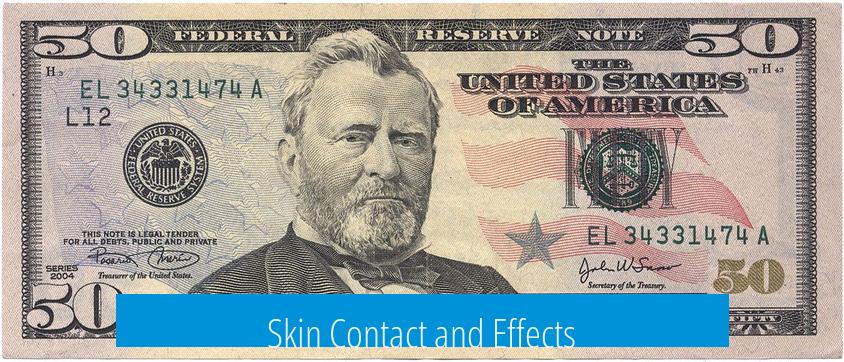
Exposure to 50% NaOH leads to rapid skin damage. At room temperature, even brief contact disrupts skin integrity. For example, a quick accidental dip of a finger into concentrated NaOH can begin cellular damage immediately, making the skin feel slippery and soft.
- Skin contact can cause chemical burns that deepen quickly.
- Immediate and copious rinsing with water drastically reduces damage.
- Prolonged or unnoticed exposure can result in severe tissue injury, including blistering and necrosis.
- Hot NaOH contact accelerates burn severity.
Despite apparent mild sensations in some brief exposures, the underlying tissue chemistry alters rapidly and irreversibly. The loss of fingerprints or deeper damage may occur within seconds if the solution remains on the skin. Therefore, vigilance and quick action are imperative to prevent harm.
Eye Contact Risks
The most serious hazard arises from eye exposure. A 50% NaOH solution in the eyes can cause severe ocular injury, with a high risk of permanent vision loss in the affected eye. Standard safety protocols emphasize the use of tight-fitting protective goggles or full face shields when working with such solutions.
Even a minor splash into the eye prompts an immediate chemical burn that can damage the cornea and other eye tissues. The damage can progress rapidly and lead to blindness if not treated swiftly and thoroughly.
Thermal and Reactive Hazards
When mixed with acids, a 50% NaOH solution undergoes an exothermic reaction, generating heat and potentially causing the solution to splash and burn.
The risk escalates sharply at elevated temperatures:
- Molten NaOH can reach temperatures where it aggressively attacks glassware, specifically soda glass, dissolving it in minutes.
- Adding water to molten or hot NaOH may provoke explosive reactions.
- Contact with organics at high heat may cause unexpected hazards.
These thermal and reactive properties necessitate extreme caution when heating or using NaOH near acid or water. Specialized containment and ventilation measures must be applied.
Recommended Safety Measures
Effective risk management revolves around the following protective steps:
- Personal Protective Equipment: Nitrile or neoprene gloves, lab coats, and sealed goggles or face shields.
- Immediate Rinsing: Any skin or eye contact requires prompt flushing with large amounts of water.
- Proper Handling: Avoid splashes, use fume hoods and secondary containment when transferring or diluting solutions.
- Avoid Heating: Minimize or eliminate heating to reduce thermal hazards unless specialized equipment is used.
- Storage: Store in corrosion-resistant containers away from acids and moisture.
- Training: Personnel must understand chemical reactivity, risks, and emergency procedures.
Ingesting or inhaling NaOH vapors is strictly forbidden due to toxicity and corrosiveness. Never eat, drink, or use mobile devices while working with it.
Summary of Chemical and Physical Hazards
| Hazard | Description | Mitigation |
|---|---|---|
| Skin Contact | Rapid chemical burns and tissue damage | Wear gloves, rinse immediately with water |
| Eye Contact | High risk of permanent vision loss | Use goggles/face shield, flush eyes urgently |
| Thermal Reaction | Exothermic reaction with acids and water risk explosion | Avoid mixing with acids, do not add water to molten NaOH |
| Material Compatibility | Corrodes glass and metals at high temp | Use resistant containers, avoid heat |
| Inhalation Risk | Caustic vapors irritate respiratory tract | Use ventilation, avoid aerosol generation |
Key Takeaways
- 50% NaOH solutions are strongly caustic and capable of severe skin and eye injury.
- Immediate rinsing of exposed skin or eyes reduces harm substantially.
- Wearing gloves, goggles, and lab coats is essential for protection.
- Reactions with acids release heat, raising burn risks; mixing must be carefully controlled.
- Molten NaOH is far more dangerous—handle only with specialized training and equipment.
- Proper storage and handling prevent accidental exposure or container failure.
How quickly does a 50% NaOH solution cause skin burns?
Burns can start within seconds of contact. Quick rinsing with water is vital. Brief exposure might feel slippery without immediate pain, but damage occurs rapidly beneath the skin.
What are the risks if 50% NaOH gets into your eyes?
Eye contact carries a high risk of permanent vision loss. Always wear goggles or face protection when handling this solution.
Can a 50% NaOH solution heat up and cause additional dangers?
Yes, it can heat significantly, especially if mixed with acids. Heated or molten NaOH can cause violent reactions and thermal burns.
What safety gear is recommended when working with 50% NaOH?
Use gloves, goggles or glasses, and a lab coat. These protect against burns and eye damage effectively.
Is immediate rinsing necessary if 50% NaOH contacts your skin?
Yes, rinse immediately with plenty of water to prevent severe burns. Delays increase the risk of lasting damage.


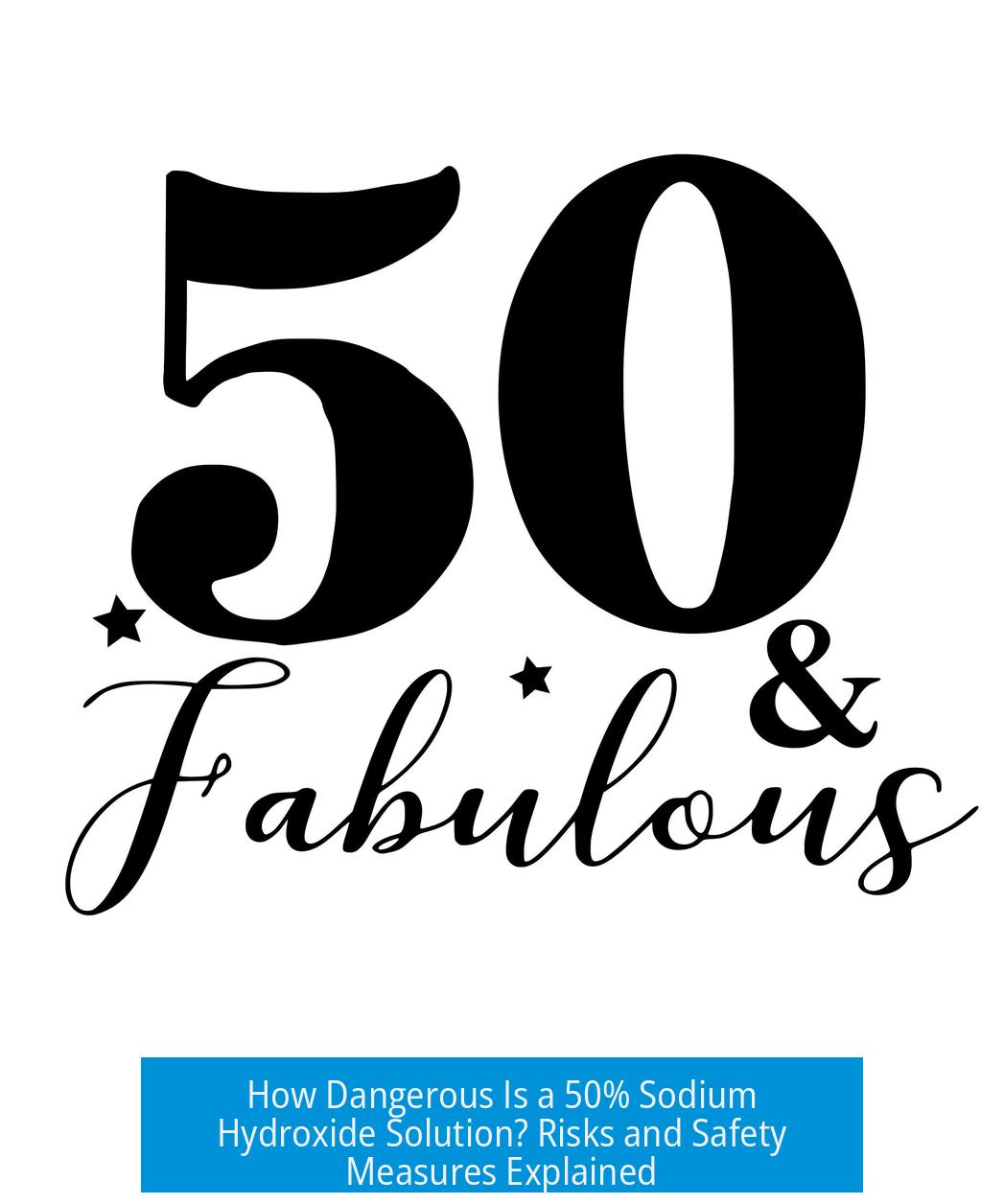
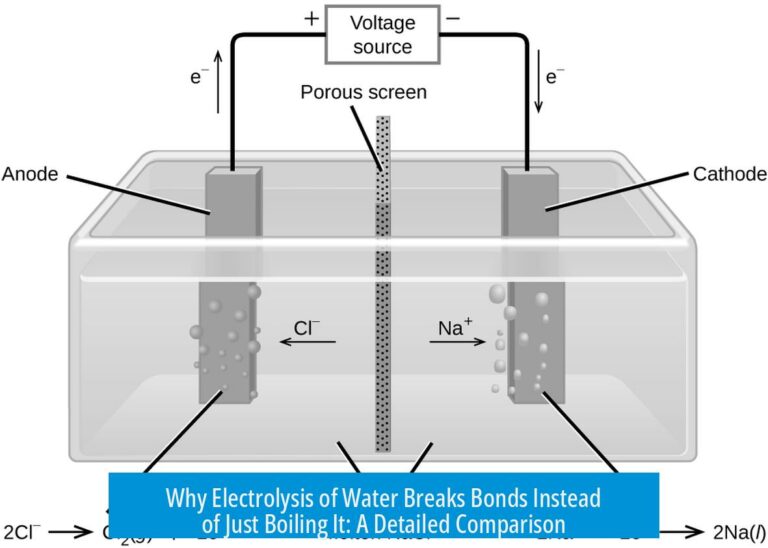
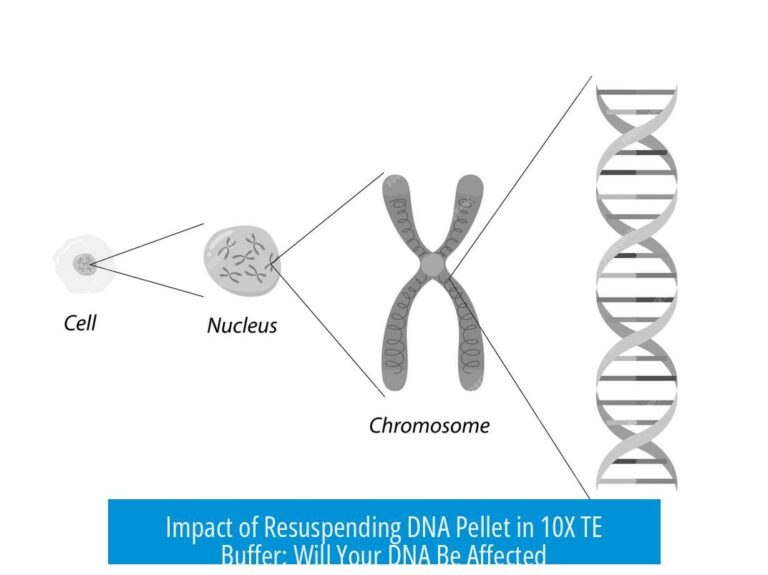
Leave a Comment